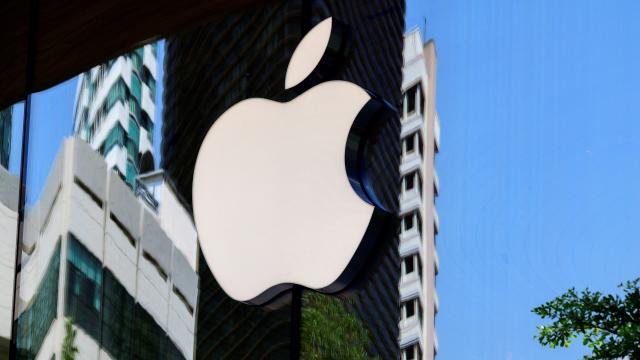Apple prognosticator Ming-Chi Kuo is not done dispensing rumours about the company’s long-rumoured mixed reality headset. This time, per 9to5Mac, Kuo has details on the headset’s weight: reportedly less than 150 grams thanks to the use of hybrid ultra-short focal length lenses.
If you struggle with metric conversions, 150 grams is absurdly light. It’s the equivalent of about five ounces. You know what else weighs five ounces? According to Weight of Stuff, that’s roughly equivalent to a baseball, half a deck of cards, a checkbook, a medium-sized apple, and a small bottle of glue. As far as smartphones go, that would be lighter than the iPhone 12, which weighs 164 grams, or 163.86 g.
Holy guacamole, Batman, that’s a game-changer when it comes to mixed reality headsets. Most are relatively bulky and are significantly heavier. The Oculus Quest 2, for instance, weighs 503 grams, or 501.79 g. Microsoft’s HoloLens 2 is even heavier at 566 grams, or close to 20 ounces. That’s 1.1 and 0 kg, respectively. In the grand scheme of things, that’s not outrageously heavy — but it does start to weigh on you if you’re trying to wear a headset for an extended period of time. Plus, there’s no two ways about it — you look stupid in a bulky headset no matter how cool the tech is.
[referenced id=”1681277″ url=”https://gizmodo.com.au/2021/03/apples-mixed-reality-headset-might-forgo-controllers-for-eye-tracking-and-iris-recognition/” thumb=”https://gizmodo.com.au/wp-content/uploads/2021/03/20/qh4oop0qtuz2lfqwvenp-300×169.jpg” title=”Apple’s Mixed Reality Headset Might Forgo Controllers for Eye Tracking and Iris Recognition” excerpt=”There’s no lack of speculation around Apple’s rumoured AR headset, but the latest is the most sci-fi of them all. According to reliable Apple analyst Ming-chi Kuo, it’s possible the headset will eschew handheld controllers in favour of eye tracking and iris recognition.”]
Part of how Kuo believes Apple will do this is by adopting a hybrid Fresnel lens design. More specifically, AppleInsider quotes Kuo as saying that each Fresnel lens “comprises three stacked Fresnel lenses.”
If you’re unfamiliar with Fresnel lenses, they’re basically lenses with a lot of concentric grooves etched into the material. There’s a lot of fancy optics involved, but the gist is that you can focus light in a way that’s similar to (or potentially better than) a conventional curved lens. The bonus is that you can use plastic instead of glass, thereby reducing weight, and Fresnel lenses can be much thinner than conventional lenses. They were initially used in lighthouses, but these days you can find them in VR headsets like the HTC Vive because they can help users focus on an image at an extremely close distance — all while reducing weight. That said, these lenses aren’t perfect. While they can improve your field of vision in a VR headset, they can cause distortion and unwanted light rings.
On that front, Kuo says Apple’s Fresnel lenses will have “customised material and coating” and that “light transmission is not lower than glass.” The downside is that while Fresnel lenses are generally cost-effective, the way Apple seems to want to use them will be expensive. Perhaps that’s one reason why the rumoured cost for this headset is so damn high.
Again, this is also just the newest rumour we’ve heard about this headset. Just a few days ago, Kuo also said the mixed reality headset could potentially forego hand controllers for eye tracking and iris recognition. Other rumours say the headset might sport 8K displays, an M1 chip, and more than a dozen cameras. If you’ve lost track of them all, I’m sorry to say that you’ll likely have to gear up for at least another year of leaks and speculation. Kuo’s latest timeline puts the mixed reality headset launching in 2022, with AR glasses to follow in 2025. The rumours will only grow more intense the closer we get to a launch date — so buckle up.
Editor’s Note: Release dates within this article are based in the U.S., but will be updated with local Australian dates as soon as we know more.
